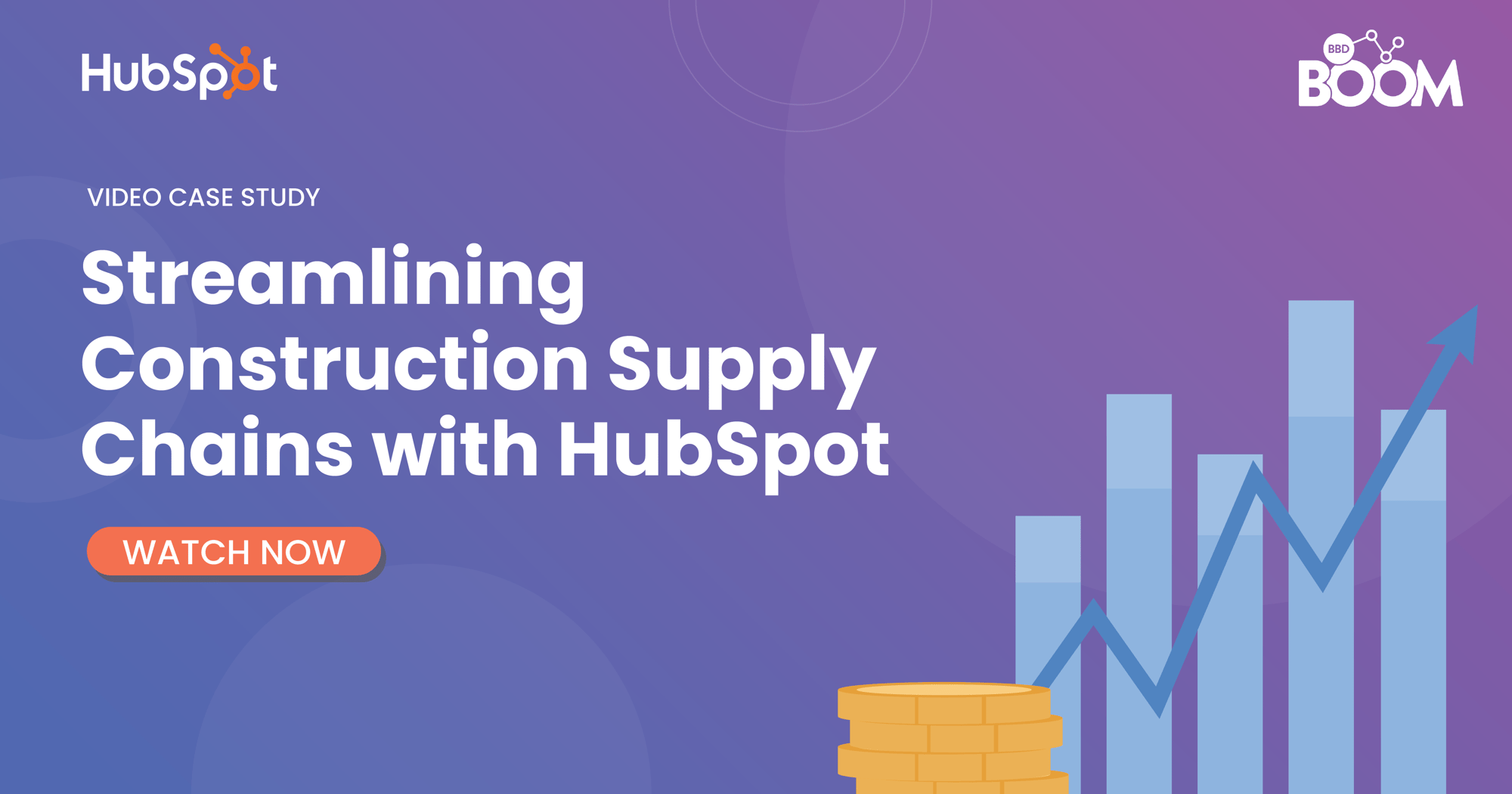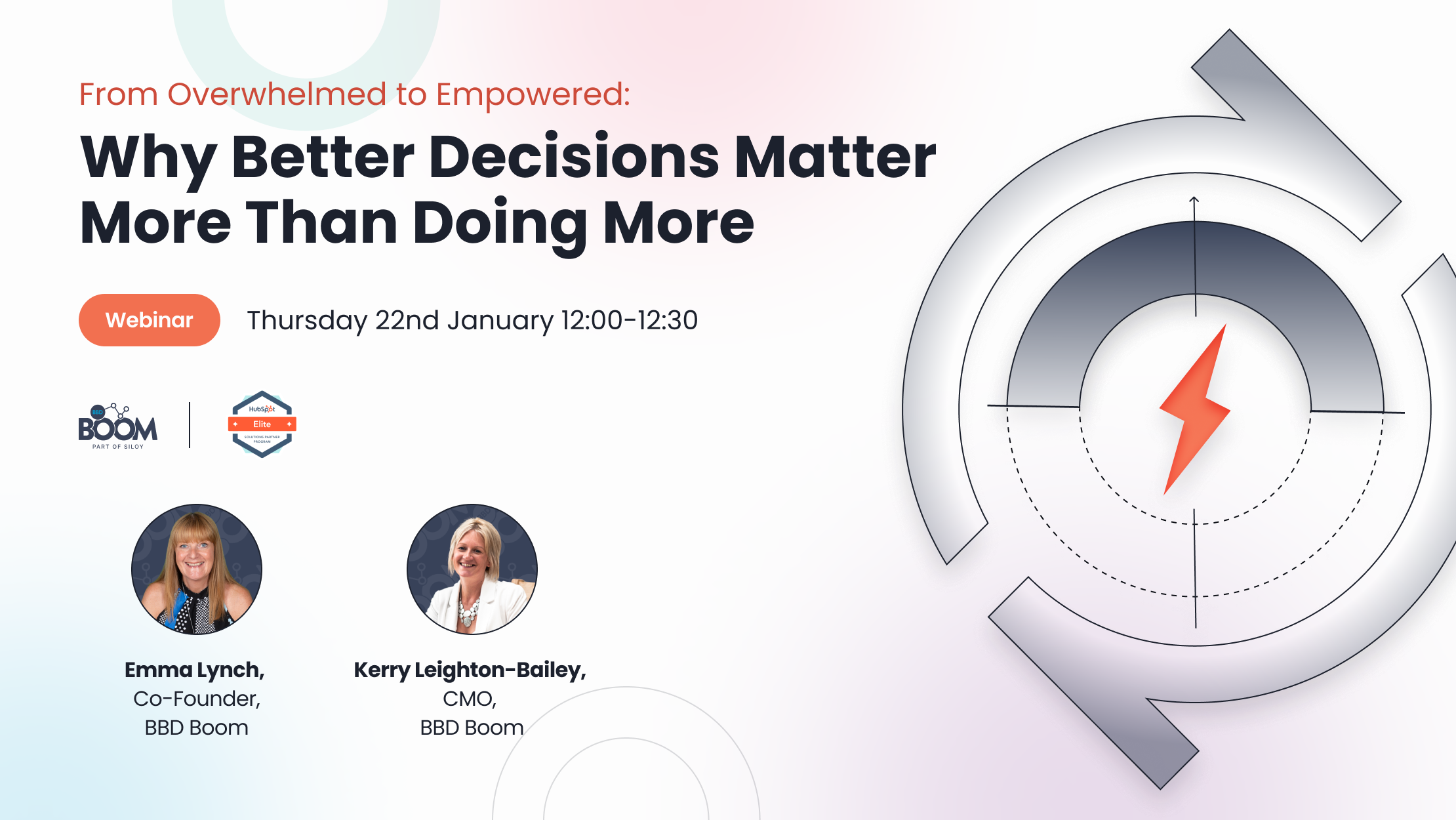Inbound Marketing
Everything you need to know about inbound marketing all in one place.

What is the definition of inbound marketing?
Inbound marketing is a technique used to draw in customers to products and services via content marketing, social media marketing, search engine optimisation and branding.
The importance of Inbound Marketing
Inbound marketing is so important today due to the shift to online. Now, when a person or business is looking for a product or service, the first thing they’ll do is search online. With an effective inbound marketing strategy in place, you will be found easily and the prospect will be drawn in with interesting and relevant content.
What is the difference between inbound and outbound marketing?
Outbound marketing can be seen as a more ‘traditional’ form of B2B marketing. Think telemarketing, newspaper adverts and cold calling, i.e. an expensive way to reach lots of people - but not necessarily the right ones.
Inbound B2B marketing, on the other hand, is a less intrusive approach to lead generation and uses content such as blogs, eBooks and social media to attract prospects. Inbound marketing draws in potential customers as opposed to seeking out, and in turn, produces more streamlined buyer journeys where the prospect is actually interested.
How does inbound marketing work?
Inbound marketing works by attracting prospects to your website. It can be seen as more effective than outbound marketing because you are attracting specific prospects based on your buyer personas rather than trying to catch every business that may not be interested (and paying for it too).
Inbound marketing uses the attract, convert, close and delight methodology, with the attraction stemming from interesting content, whether that be blogs, eBooks or emails. Interested prospects are then moved through the funnel via marketing automation such as personalised workflows, before becoming loyal, paying customers. The goal of inbound marketing is to attract people with a need for your product or service and convincing them through content.
The inbound methodology
The inbound methodology as created by HubSpot is: Attract, convert, close and delight. It is key in creating an inbound strategy to follow this methodology. For example, creating high-quality, interesting content is needed to attract prospects, and in order to convert these prospects you need strategic marketing automation (which is easy to do on HubSpot!) to nurture and then close the sale and delight your customer with your product or service.
It is a super simple framework to use that takes precision when planning, but is worth the time spent on.
What is included in inbound marketing?
Inbound marketing is built around the inbound methodology of attract, convert, close and delight and includes many different techniques such as blogging, email marketing, social media, SEO, marketing automation and lead nurturing. Each factor works together to create a smooth buyer journey for the prospect.
Inbound marketing in digital marketing
Digital marketing is marketing via any form of digital channels, e.g. SEO, PPC, email and social media (amongst others). Inbound marketing slots together with digital marketing as it is reaching prospects via content and so they are inextricably linked. For example, if you wrote a blog post, you can share this via email, social media and on your website to boost your SEO ratings. Because inbound marketing uses the attract, convert, close and delight methodology, the ‘attract’ stage of this is a mix of content and digital marketing.
Inbound marketing campaigns
An inbound marketing campaign comprises many different factors that work through the inbound methodology framework of attract, convert, close and delight. For example, if you were a B2B telemarketing agency, you might have an inbound marketing campaign to attract businesses from a certain sector - let's say IT for example purposes.
The campaign will then be centred around keywords and content that are relevant for your target prospects, and you will use content such as blogs and eBooks, social media and email marketing to attract your prospects in order to nurture them through your sales funnel. Remember, it’s all about creating content that will enable you to be found by someone looking for your product or service.
Inbound marketing tactics
Inbound marketing tactics revolve around the creation of content. This could be blogs, eBooks, social media, emails, webinars, video, SEO and marketing automation such as workflows. These pieces of content are key in attracting potential prospects and converting them into loyal customers, and when done together create a stronger inbound strategy.
Inbound marketing SEO
Search engine optimisation is absolutely key to your business being found online. A strong SEO strategy consists of many factors such as blogging, social media and eBooks, that all work together to create a stronger presence nearer the top of search engine results. Through inbound marketing, you can strengthen your SEO strategy by using keywords in all of your content that you know people will search to find your product or service.
Inbound leads
Inbound leads are leads that have expressed a need for your product or service through finding you online. They are leads that can easily be moved through the sales funnel through effective marketing automation and nurturing.
Social selling the inbound way
Social selling is using social media platforms to sell your product or service. Social selling the inbound way is using your social media channels to share and promote content that is readily available for potential prospects. By drawing in your prospects through social media and your content you can begin their journey through your funnel. It is a super effective way of obtaining new customers in the modern day.
HubSpot's role in inbound marketing
HubSpot are the Godfathers of inbound marketing, and it is because of them that the inbound marketing methodology of attract, convert, close and delight exists. Their sales and marketing software allows you to easily implement an inbound marketing strategy by letting you create and share content, create effective landing pages and forms, create workflows and implement automation.
As well as this, HubSpot’s CRM system is spot on for managing customers once they have converted. If you’re interested in trialling HubSpot, then get in contact with us and we can help you out.
Ready to get started?
Simply fill out the form below and our expert sales team will reach out shortly.
.png?width=877&height=508&name=bbd-boom-siloy-navy+blue-logo%20(1).png)
.png)


